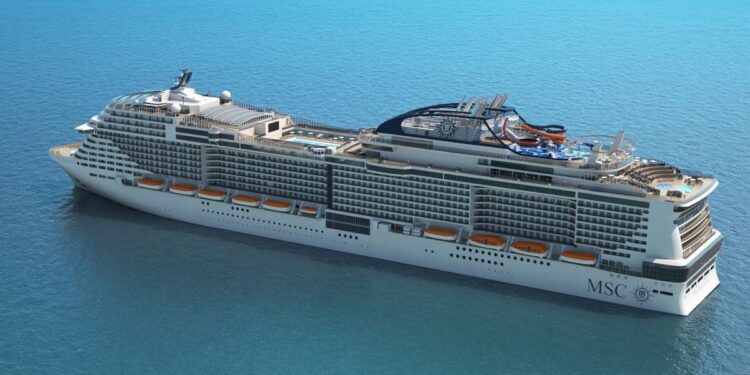AI, sensors, and screens aboard ships help to avoid collisions at sea and enhance passengers’ experience.
Imagine a huge boat with more than 4,000 sensors so passengers can see on devices, a smart wristband, or at 144 strategically place digital screens, what’s going on inside the boat.
Some high tech innovations like facial recognition technology, which is currently improving rapidly, would prepare crew members to address the passengers by name and have data regarding their interests and needs at their fingertips.
High-tech cruise ships attract younger travelers who prefer to spend money on experiences instead of material goods. Furthermore, these tech-savvy cruisers don’t necessarily want to disconnect from their devices while at sea.
A plus for the boat’s passengers
From checking the MSC for Me app for the day’s activities to looking at one of the digital screens to scoping out restaurant menus or booking a table, passengers can now experience what Luca Pronzati, MSC Cruises’ chief business innovation officer, calls a huge paradigm shift in the cruise industry.
Carnival, another cruise company, announced plans to debut shipboard technology later this year on their Princess line, while others like Royal Caribbean provide wristbands that allow passengers to unlock stateroom doors or pay for on-board purchases.
Swiss line MSC Cruises built Meraviglia to help travelers make the most of their vacation time.
Queues at the excursion desk should become a thing of the past as cruisers scroll through options on their cabin television or with a tablet-bearing crew member and sign up on the spot.
Parents can even geolocate their wristband-wearing children among the more than 5,700 passengers.
Through virtual reality before and after the excursion, passengers can deep dive into a destination, learning more about the places they will visit.
Technology is offering us new experiences… and the ocean is no exception.













